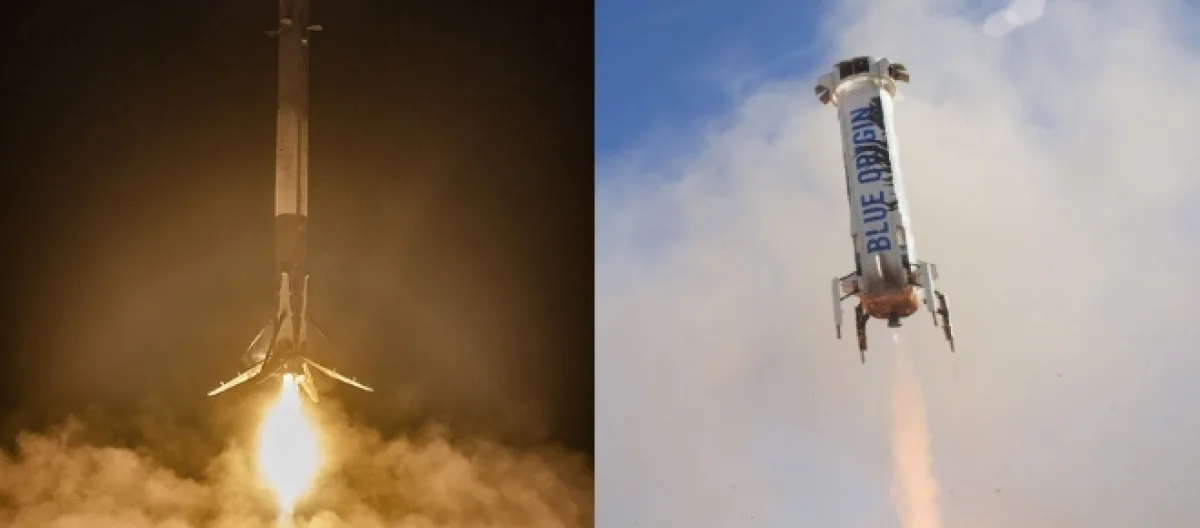Recently SpaceX launched a communications satellite called SES SA that was built in Luxembourg and will serve Latin America into space. The launch would have been routine except for the fact that the Falcon 9 rocket included a first stage that had been landed and recovered from a previous flight. This aspect of the flight is being hailed as a historic first in the history of spaceflight, paving the way to an era of reusable rockets and low-cost space travel.
Much of the cost of space travel is derived from the fact that rockets are thrown away after every launch. Aerospace engineers have been working on the problem of making launch vehicles reusable, just like airplanes, for decades. The space shuttle was an early attempt to create a reusable rocket, but turning it around proved to be so time-consuming and so expensive that cost savings turned out to be illusionary.
Elon Musk and his team at SpaceX has been landing the first stage of the Falcon 9 for many months now, recovering them on a drone barge in the Atlantic and, on a few occasions, near the launch pad itself.
Proving the ability to reuse the first stage in another flight is the next step in creating a rocket that can be reused over and over again, driving down launch costs to a fraction of what they are currently.
SpaceX now has to prove that it can accomplish this feat, land the first stage, refurbish it, and use it again over and over in a cost effective manner. Elon Musk has expressed the hope that his company can eventually recover all of the Falcon 9, including the second stage, and turn them around in a 24 hour period before using them again. In that event, space travel will not only become cheap but routine and frequent, more like air travel is currently.
SpaceX is not the only company working on reusable rockets.
Blue Origin has been able to launch, land, and reuse its New Shepard suborbital rocket with which it plans to fly space tourists on. The New Glenn orbital rocket will have the same reusable features. The ULA Vulcan rocket will also be reusable.
The era of cheap, reliable space travel will enable quite a few dreams, including space tourism, lunar and asteroid mining, and even space colonies. National space agencies such as NASA will stand to benefit as its missions become cheaper to mount when launched on one of these reusable launch vehicles.

